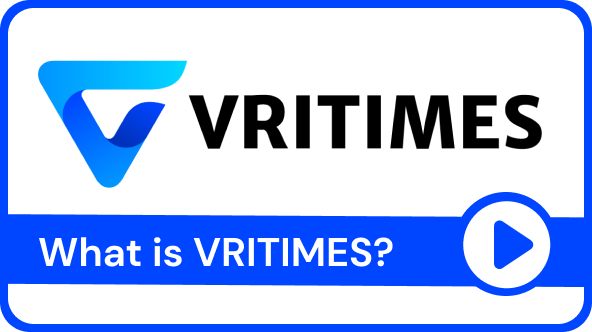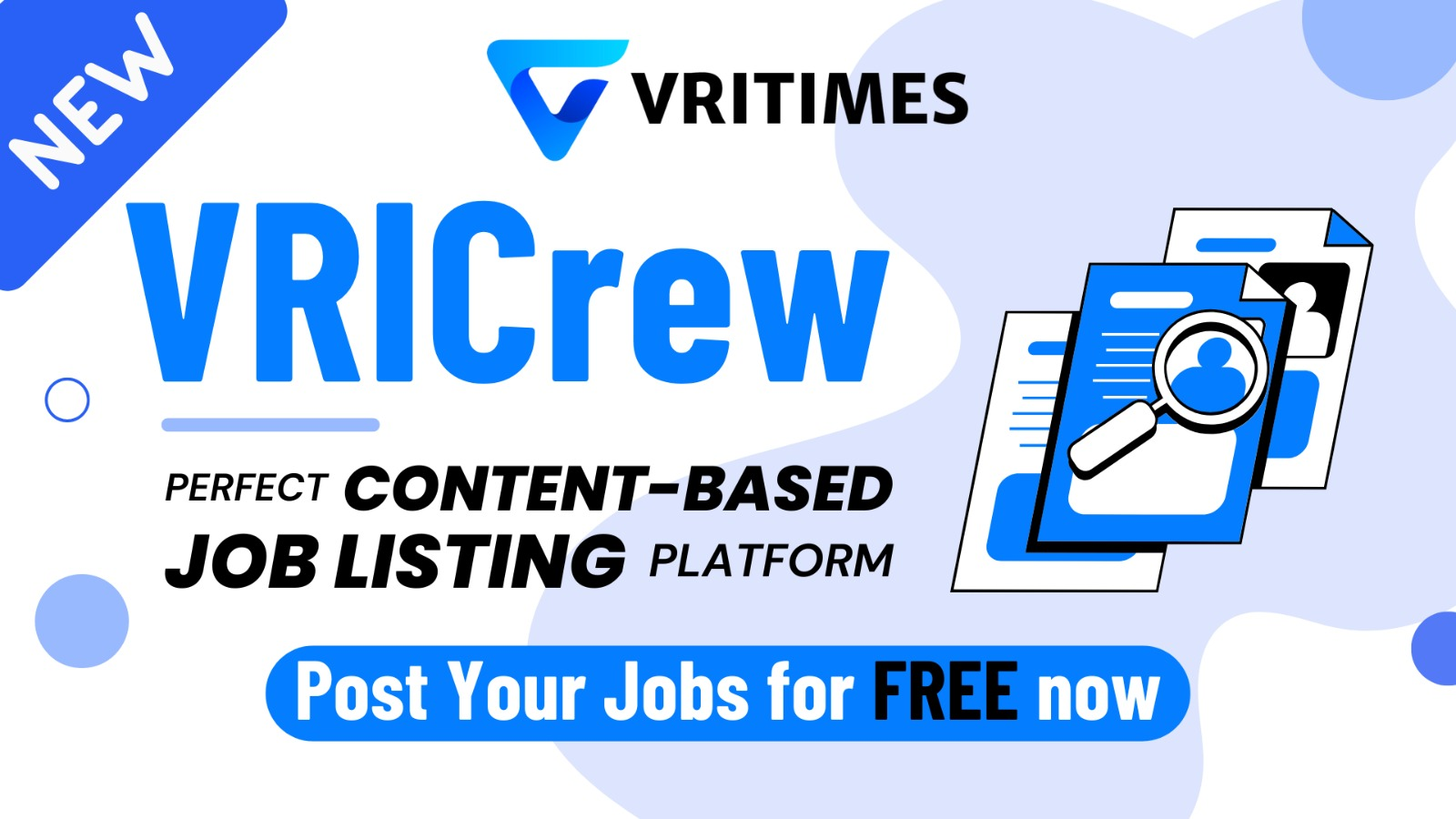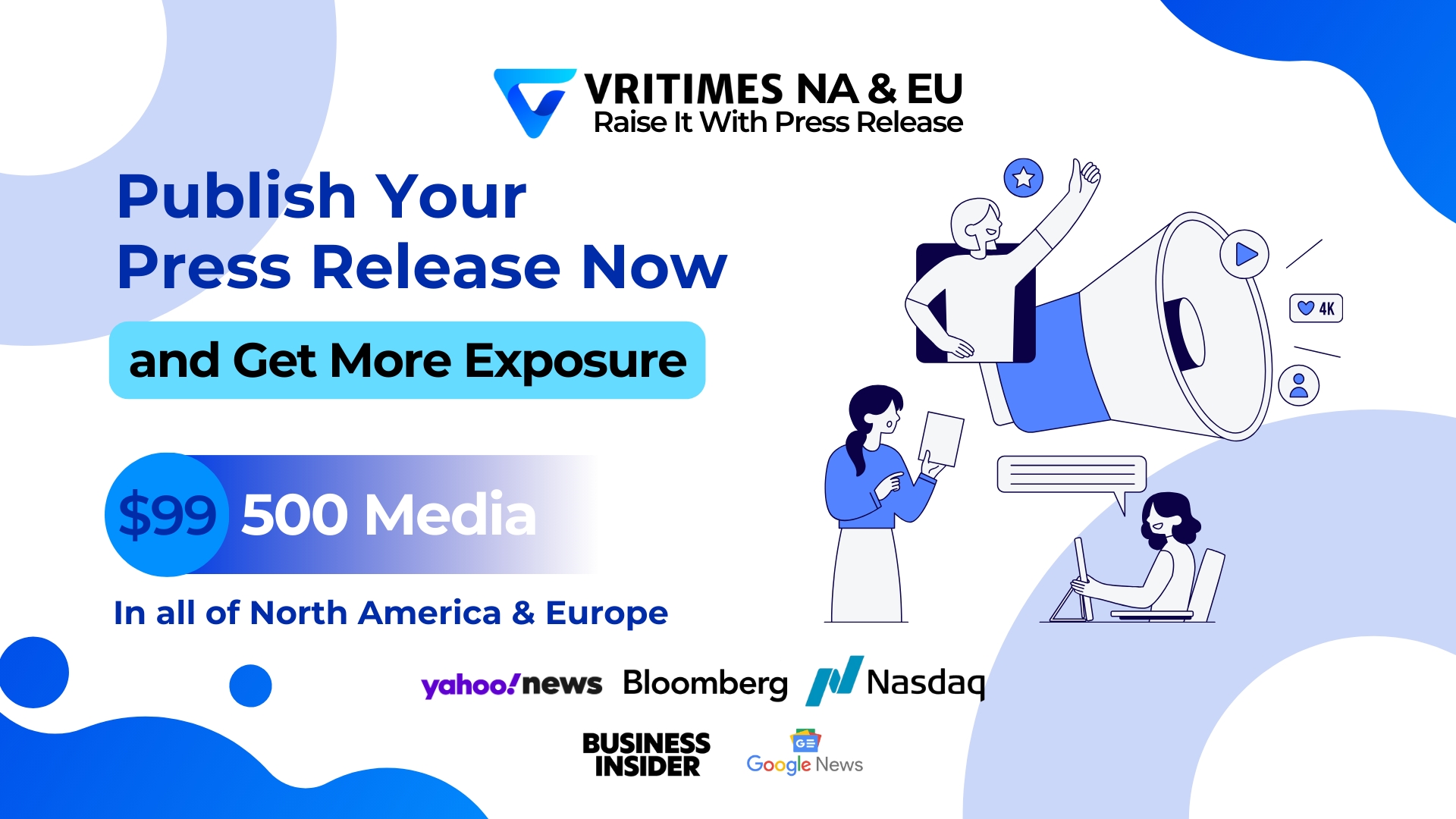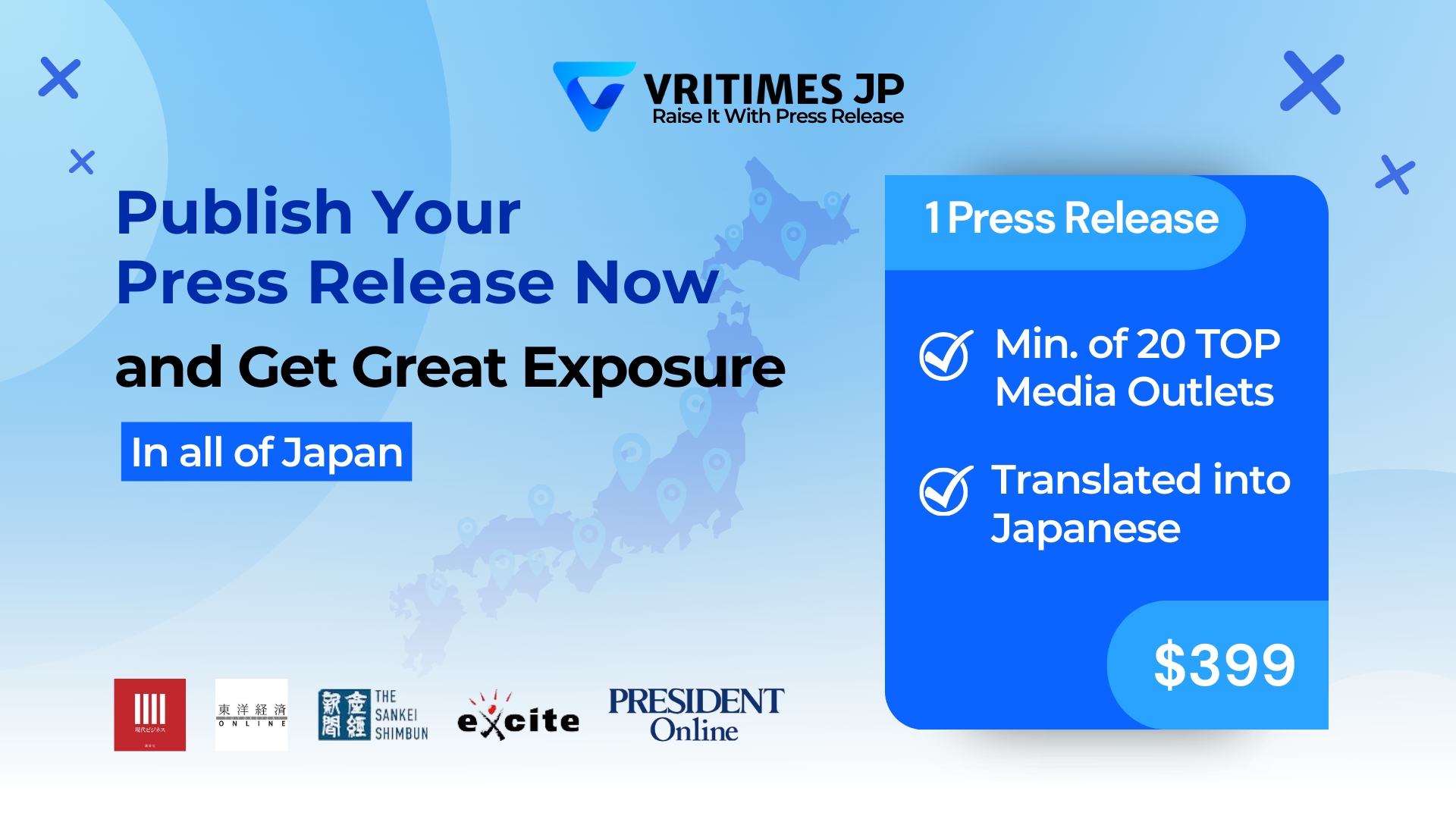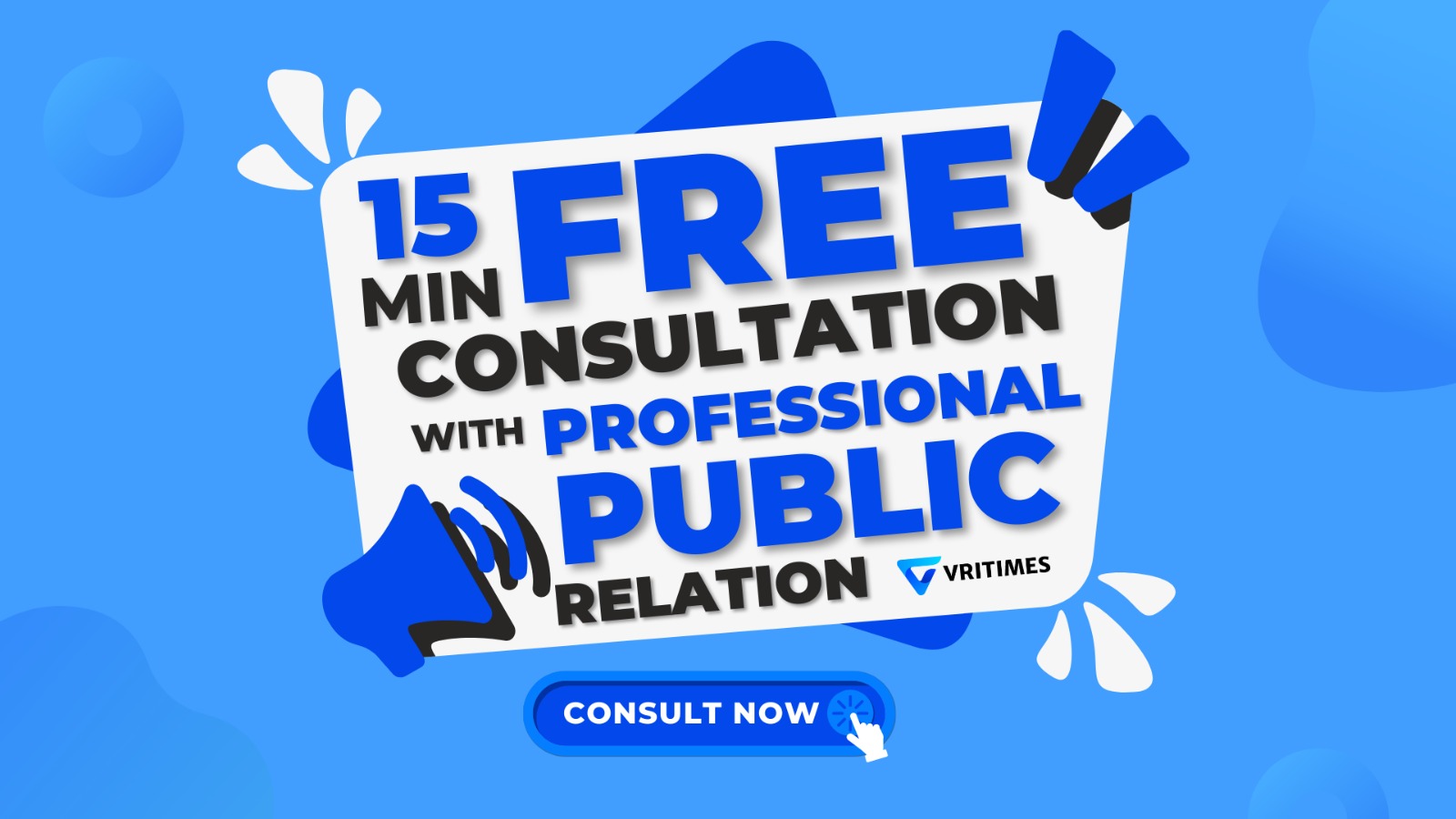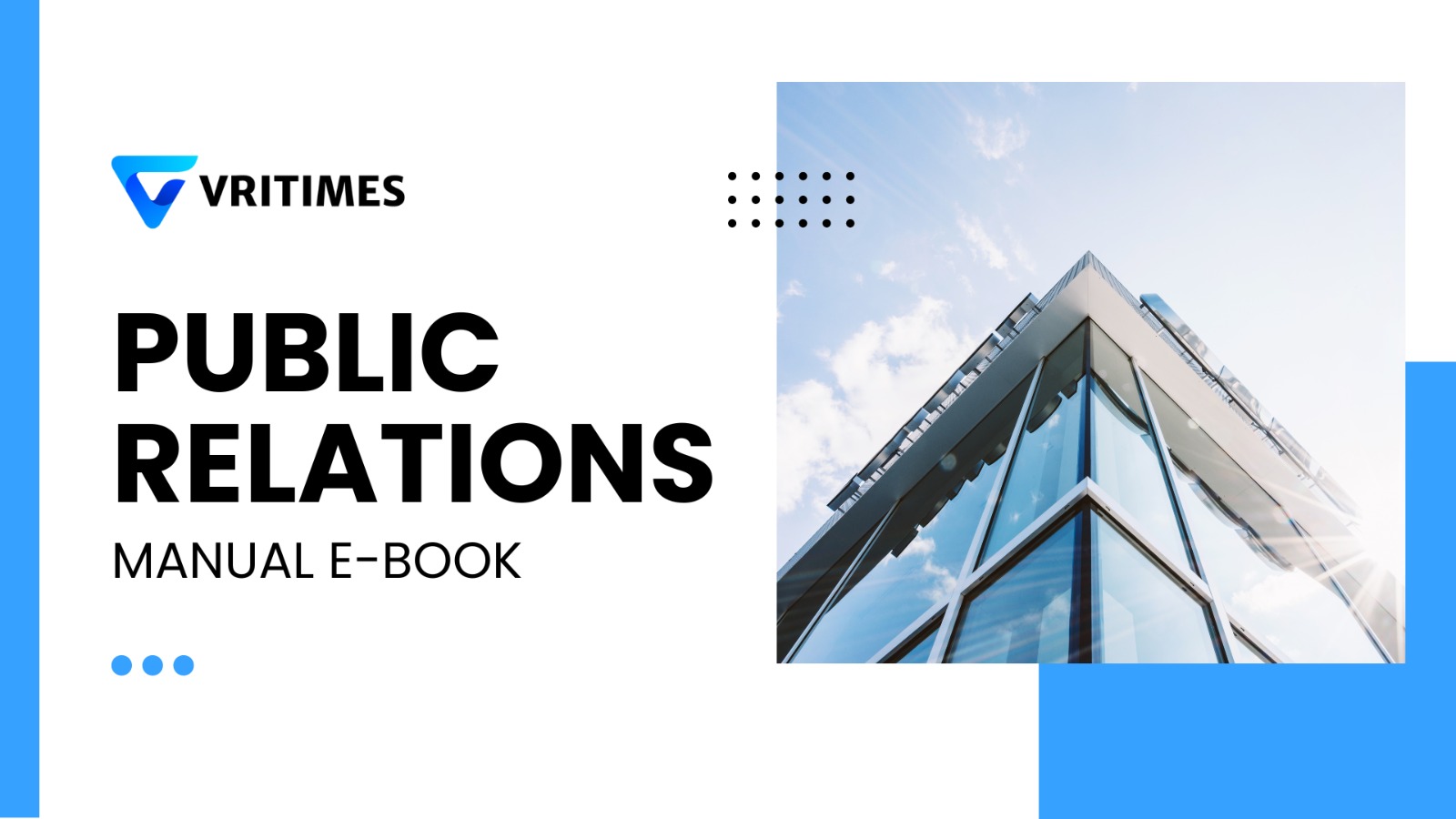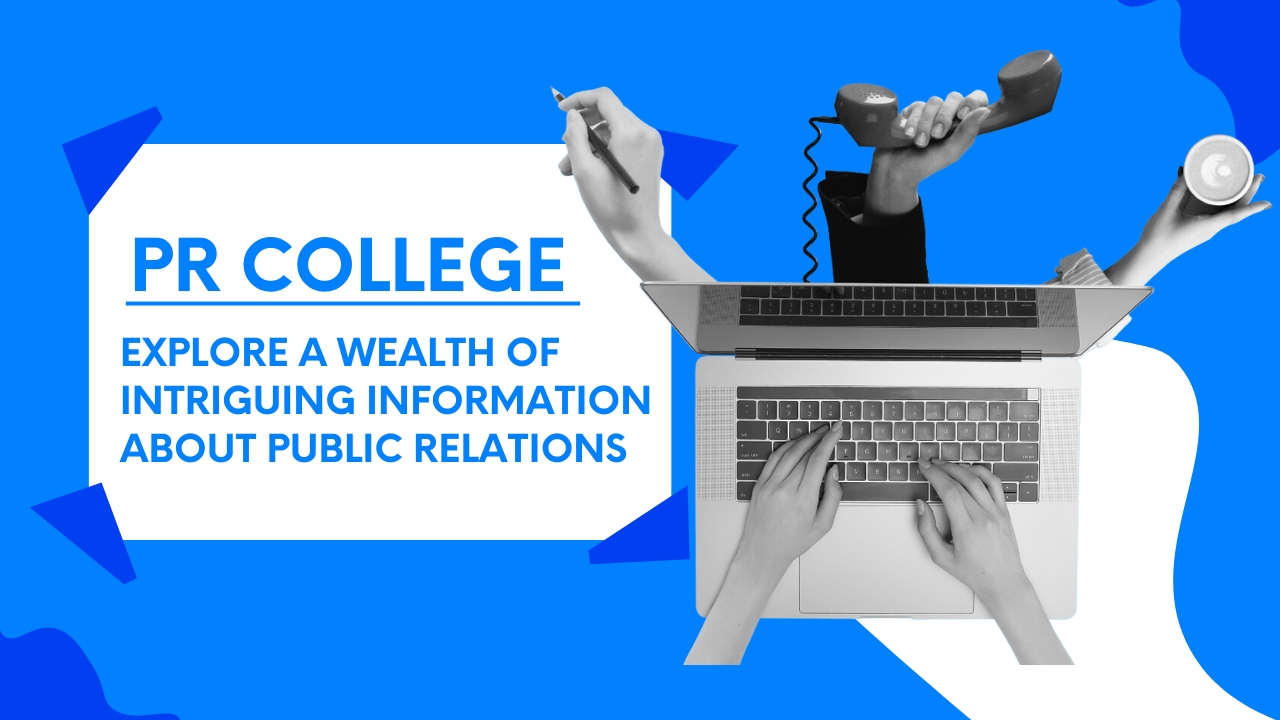/ Deciding How Many Press Releases to Send for Your Event
Deciding How Many Press Releases to Send for Your Event
Releases Should I Send for My Event?--Planning an event is only half the battle—getting people to know about it is just as important. One of the most effective ways to spread the word is through press releases, but many businesses face the same question: How many press releases should I send? Sending too few may limit your reach, while sending too many risks overwhelming journalists and diluting your message. Striking the right balance is key to ensuring your event receives the attention it deserves, without sacrificing credibility or effectiveness. In this article, we’ll explore how to determine the optimal number of press releases for your event and how to maximize their impact.
What is the Purpose of Press Releases?
A press release is more than just an announcement—it’s a strategic communication tool designed to share important news with a wider audience. The primary purpose of press releases is to inform journalists, media outlets, and the public about significant developments such as upcoming events, product launches, partnerships, or company milestones.
Beyond spreading information, press releases also serve to:
Build credibility by delivering official, well-structured statements directly from the organization.
Attract media coverage, increasing the chances that your story will reach audiences you may not access on your own.
Control the narrative, ensuring that the message is accurate and consistent across multiple platforms.
Support marketing and PR campaigns by adding authority and visibility to your brand initiatives.
In short, the purpose of a press release is not only to announce but also to shape perception, generate awareness, and create opportunities for stronger engagement with both media and the public.
Factors That Affect Frequency
Determining how often to send press releases isn’t a one-size-fits-all decision. The right frequency depends on several factors that shape both the timing and volume of your communications. Key considerations include:
Type of Event
A large-scale product launch or industry conference may justify multiple press releases (e.g., announcement, speaker highlights, post-event recap), whereas a smaller internal initiative may only require one.
Event Timeline
The length of the lead-up period plays a major role. Longer planning cycles allow for staggered announcements, while shorter timelines may require more concise, focused outreach.
Audience and Media Interest
If your event targets a broad audience or involves high-profile stakeholders, more frequent press releases may be warranted. For niche or specialized audiences, fewer, well-timed releases are often more effective.
Content Availability
Each press release should provide new, valuable information. If you don’t have fresh updates—such as new sponsors, guest speakers, or milestones—it’s better to wait rather than risk redundancy.
Overall PR Strategy
The frequency should align with your broader communications plan. Press releases work best when integrated with other channels like social media, email marketing, and media pitching.
Recommended Number of Releases
While the exact number depends on the scale and nature of your event, most organizations benefit from sending two to three well-timed press releases:
Initial Announcement (4–6 weeks before the event)
Introduce the event, highlight its purpose, and provide essential details such as date, location, and how to participate. This serves as the first touchpoint for media and potential attendees.
Follow-Up Release (1–2 weeks before the event)
Share updates to sustain interest—such as announcing keynote speakers, new sponsors, or special features. This helps keep the event top of mind for media outlets and the audience.
Post-Event Recap (immediately after the event)
Highlight key outcomes, attendance numbers, and notable moments. This not only extends media coverage but also positions your organization as credible and active in the industry.
For smaller events, one strong announcement may be sufficient, while larger or high-profile events could justify additional targeted releases. The goal is quality over quantity—each release should deliver fresh value rather than repeat the same message.
Also Read: How to Optimize Press Releases in an Era Where LLMO is Replacing SEO?
Best Practices for Timing
Timing can make or break the effectiveness of a press release. Even the most well-written announcement may fall flat if it reaches journalists or audiences at the wrong moment. To maximize impact, consider these best practices:
Start Early
Send the initial announcement 4–6 weeks before the event to give media outlets enough time to plan coverage and audiences enough time to register or make arrangements.
Leverage Key Milestones
Use important updates—like new speakers, partnerships, or program highlights—as opportunities for follow-up releases. These should be sent 1–2 weeks before the event to keep interest high without overwhelming media contacts.
Choose the Right Day and Time
Press releases typically perform better when sent on Tuesday through Thursday mornings, as journalists are more likely to review pitches during working hours and less likely to be distracted by weekend or Monday backlogs.
Avoid Last-Minute Bursts
Sending multiple releases too close together may cause fatigue or make your message feel repetitive. Space them out strategically so each has its own spotlight.
Don’t Forget the Post-Event Window
A recap release should go out within 24–48 hours after the event, while interest is still fresh. This can extend coverage and build credibility for future activities.
Also Read: How To Analyze And Evaluate The Results Of Press Releases
VRITIMES : Best Press Release Distribution Services
Looking to make your business story heard by the right audience? With VRITIMES, you can distribute your press release affordably and effectively, reaching hundreds of trusted media outlets across Southeast Asia. Whether you’re a startup, SME, or established brand, VRITIMES ensures your news gets published with guaranteed coverage and detailed analytics to track your impact. Don’t let your message get lost—boost your visibility today with VRITIMES, the best press release distribution service for your business success!
Ready to get your story published and seen? Click HERE for further information.

